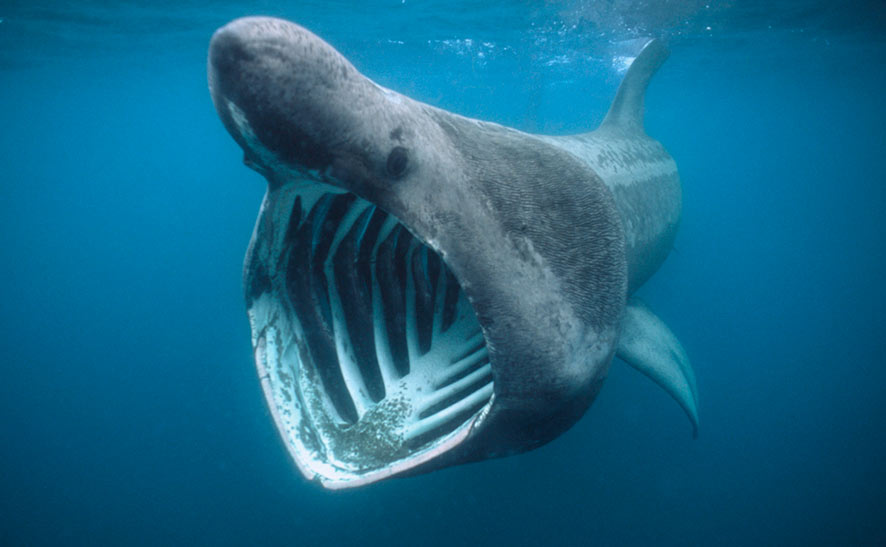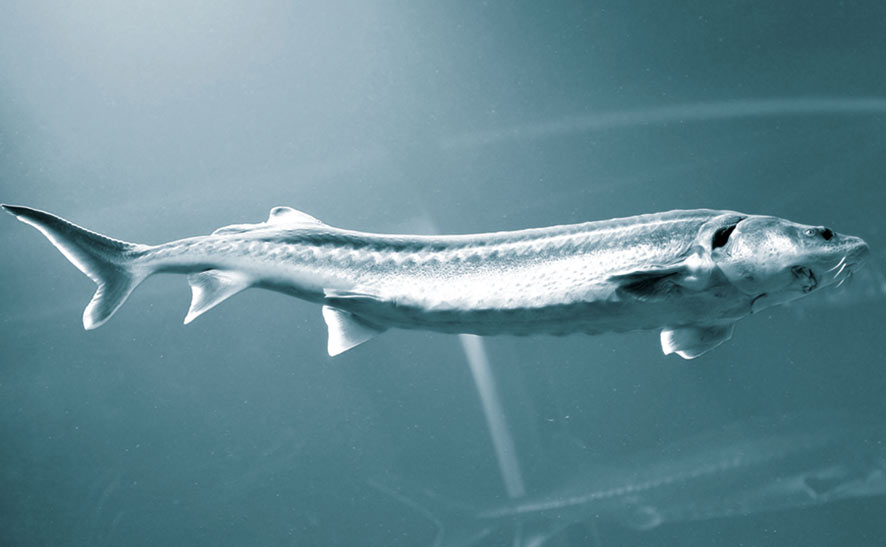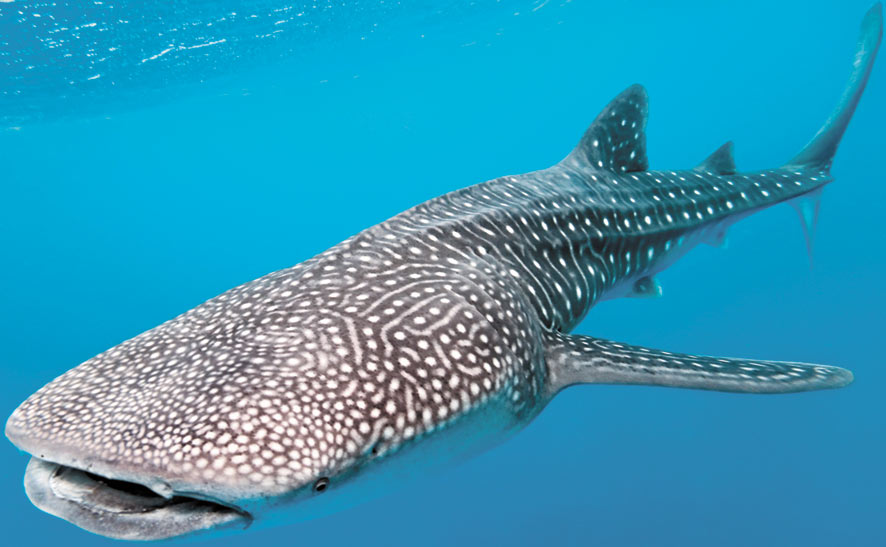August 9, 2012 7:26 pm
Environment: The end of the line
There is a photo from the 1930s, published in National Geographic magazine, that shows a scene almost unimaginable today.
A man stands in the sea, water up to his knees, surrounded by a frenzied shoal of huge, thrashing totoaba fish on a spawning run off the coast of Mexico.
.
Click to enlarge
“They were so thick in the water that you could wade in and pull them out with bare hands or a pitchfork,” says the prominent marine conservation biologist, Callum Roberts.
Not any more. Commercial fishers started netting the creatures, which could grow as long as 2m and weigh more than 330 lbs. Dams such as the Hoover were built along the Colorado River, curbing vital freshwater flows to breeding grounds.
Today, the totoaba is one of 414 species rated critically endangered on the “Red List”, the compendium of threatened plants and animals kept by the venerable International Union for Conservation of Nature.
Another 486 fish are endangered; 1,141 are vulnerable and 60 are extinct, mostly thanks to the same species that killed off the totoaba: us.
The human impact on fish has been worrying scientists and environmental campaigners for decades.
But it has also become an increasingly disturbing economic issue for authorities overseeing the fate of the 90m tonnes of marine and freshwater fish the world’s 4.36m fishing boats catch each year, with their estimated value of $100bn.
This was evident a few weeks ago, when the UN’s Food and Agriculture Organisation published its latest State of World Fisheries and Aquaculture report, a comprehensive assessment it has done since 1994.
For the most part, the organisation said pretty much what it has said since 1994: too many countries have too many fishing boats doing too good a job.
This year it added that the many “troubling” analyses of global fisheries suggested an “over-stressed” system “in imminent danger of collapse”.
“I think probably we’re using stronger language now because we have been saying a lot of the same things very gently for quite a while, and maybe having less impact than is required,” said Richard Grainger, chief of the statistics and information service in the FAO’s fisheries and aquaculture department.
The collapse mentioned in the report refers primarily to economic rather than biological extinction, he added, meaning stocks could decline to the point it no longer pays to fish for them. But both prospects are disconcerting.
Efforts to cut fleet capacity have taken hold in Europe and elsewhere. They even worked for a time in China but have faded since 2008. In many countries, politicians remain understandably reluctant to adopt a policy that cuts jobs and induces costly compensation payments.
This is bad news for the world’s poorest people, who rely on fish for nearly a quarter of their animal protein, though rising fish farm production helps.
Nor is it good for big-bodied sea creatures such as the shark, ray and skate species that reproduce relatively infrequently. It is hard for their numbers to recover once they start falling.
And fall they have, some by as much as 90 per cent since the 1960s.
Some species, such as the bluefin tuna prized by sushi lovers, face a vicious circle: over-fishing makes them rarer, which forces up prices (one fish sold for a reported record $736,000 in Tokyo this year), which in turn spurs more fishing and the illegal catches that plague many fish stocks.
Then there is global warming. One fish, the Galápagos damsel, may have achieved the distinction of becoming “the first fish species to become extinct because of climate change”, says American IUCN researcher Beth Polidoro.
It is not as if nothing is being done.
Supermarkets and restaurants are increasingly buying fish meeting sustainable standards set by certification bodies such as the Marine Stewardship Council.
Many countries have introduced marine reserves off their coasts that allow species to recover.
But not much more than 1 per cent of the world’s seas are protected, compared with nearly 15 per cent of the land areas. And some scientists fear the extinction threat is even higher for freshwater creatures unable to swim off to another ocean to avoid the impact of a new dam or factory waste dumped in a river.
There are still lots of fish in the sea and the rivers. Just not as many of the ones we know best, from the basking shark to the beluga sturgeon. And if current trends continue, many more seem likely to share their decline.
Copyright The Financial Times Limited 2012.















0 comments:
Publicar un comentario